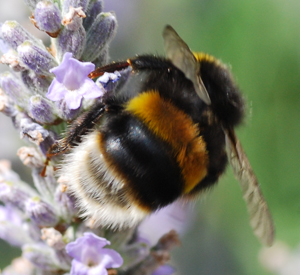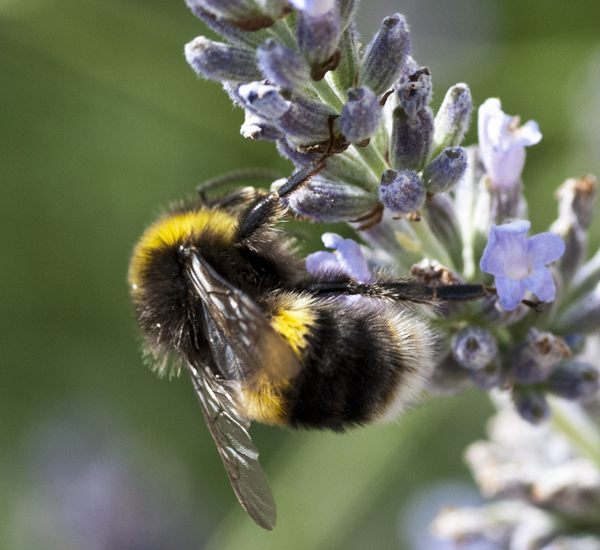Know your bumblebees

Following on from last week's post, the woodlands blog has often reported on the problems facing honey bees and bumblebees - from the vagaries of climate to the effects of insecticides, such as neonicotinoids. Whilst it is easy to identify a honey bee and spot a bumblebee, it is somewhat more difficult to say what type of bumblebee might be foraging in your garden or woodland.
There is a lot of information about bumblebees at the bumblebee conservation trust website. A particularly useful link is "Top tips for bee ID"; tail colour is an important or helpful feature. The bee watch project also has a tool to "help you hone your bumblebee ID skills" and keen photographers are invited to submit jpgs of bumblebees to help map the distribution of the various species found in the U.K.
However, we live in an age in which there is 'an app for everything' seemingly, so it is perhaps not surprising that there is now an app to help with bumblebee identification. The app is entitled "Bumblebees of Britain and Ireland" and it comes in two versions. The basic edition (£1.99) has information on the eight most common species - namely the
- Garden
- White tailed
- Buff tailed
- Heath
- Early
- Red tailed
- Tree and the
- Common carder bumblebee.
For each bee, there are numerous photos (of queens, males & workers) and videos, plus an information page with key facts on I.D., where found and status . The pro version of the app offers a comprehensive guide to all 23 species of bumblebee, including the less common species.
I am now watching the visitors to the lavender in my garden with renewed interest.
Comments are closed for this post.
Discussion
Sadly I think the app only seems to be available for iphone. I would love to know if an android version will be available any time.
We have a regular annual lonely Bumble Bee in our small wood but due to the number of trees having been removed due to protection of overhead electrical lines the Foxgloves have suddenly increased 200% and this should attract the Bees. Several different bushes have also been planted to replace the trees- mainly Red and Black Hawthorn, yet really to be established. A neighbouring wood is going to set up some Bee-hives- interesting.
Hi I will try and capture photos of bees at work in my walled garden. Keep up the good work. Thanks John.
Great to read this & a good plug for the Bumblebee Conservation Trust too.


Just checked and that seems to be the case, which is very short sighted of them.
I did notice that there is an android app for identifying Irish Bumblebees !
Blogs
3 November, 2014